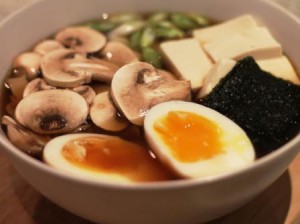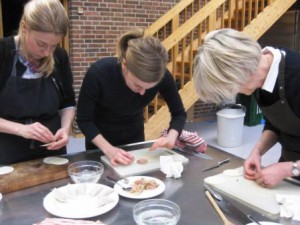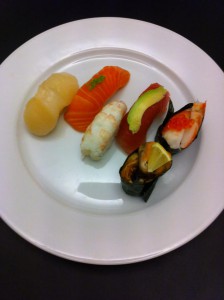
Spring are here and summer is approaching with rapid steps.
The warm evenings offer barbecues, salads, fruit pies and not least sushi. There are quite a few people who prefers to eat dishes are not as heavy in the stomach as winter food.
Sushi is a diner that is ideal for the warm evenings with a good glass of white wine. With sushi, it will never be boring there are unlimited possibilities in the composition of a dinner.
More and more people are on making their own sushi with their favorite ingredients. At the Sushi course for beginners the attendances learn to use Japanese cooking techniques for preparing sushi.
They learn and about Japanese food stages they have to go through from raw materials, cooking of sushi rice, preparation of vegetables and fish, and step by step to making tasty sushi rolls.
You can read more about the class Sushi for beginners
_
Zoë has held sushi courses and cooking classes for A. P. Moller – Maersk, Hugo Boss Nordic, Novo Nordisk, Novartis, Velux, Gorrissen Federspiel, Beierholm revision, Elbek & Vejrup and many more.









